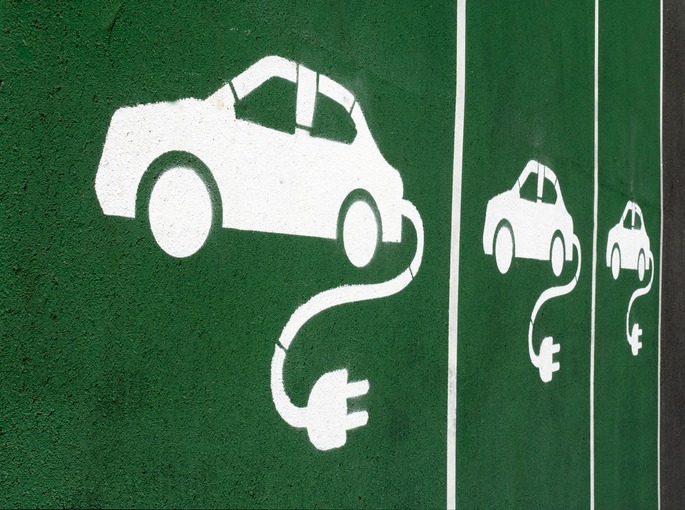End of subsidies for PHEVs looms in Germany
31 August 2021

Andreas Geilenbruegge, head of valuations and insights at Schwacke (part of Autovista Group), considers what the impact of upcoming changes to certain vehicle subsidies in Germany may mean.
Since the German state innovation premium was doubled in 2020 in the wake of the pandemic, the subsidised battery-electric vehicles (BEVs) and the plug-in hybrid electric vehicles (PHEVs) have surged in popularity in Germany. Registrations of all-electric models have more than tripled in 2020 compared to 2019, plug-ins have even increased almost fivefold. And the trend for new electric vehicles is still rising in 2021.
The German government agreed early on that this premium level would be maintained until the end of 2025 and that corresponding funding would be made available. The associated funding regulations, however, are typically complex in Germany. In addition to the different subsidies for low-priced models (net list price below €40,000) and more expensive models (net list price up to €65,000), further conditions have been included, one of which will possibly deny a few models the right to subsidies from 2022 onwards.
For plug-in hybrids, the all-electric minimum range will increase from the current 40km to 60km for vehicle purchases from 1 January 2022. Although eligibility will still apply if a maximum of 50g of CO2 emissions per 100km is achieved, there are vehicles that currently exceed this CO2 emission while still managing the currently valid 40km range.
For the combination of less than 60km range and more than 50g CO2, the state subsidy of €4,500 or €3,750 will be over as of next year. However, only a few heavy vehicles are affected. They literally struggle in both areas – range and emissions – and are below the €65,000 list price limit.
Also affected are individual model versions of Audi, Ford, Jaguar, Jeep, Mercedes, Land Rover, Volvo and Volkswagen. Among them are some exotics like the Wrangler or Explorer, but also versions of more popular models like the Q8, F-Pace, GLC, Velar, XC90 and Touareg. The fate of these now lies in the hands of the manufacturers.
New electric ranges would have to be homologated in time to exceed the 60km, which should not be a major issue technically. However, OEMs will certainly pull out their pocket calculators and offset the costs of homologation with, on the one hand, the acceptance of possible unit sales losses due to the affected versions or, alternatively, to provide additional sales support for these models. What we will probably see, however, are eager registrations of these models at the end of the year in order to maintain the EV subsidy entitlement and get production on the road.
Residual values will probably be only slightly affected by a possible abolition of the premium, as in these price ranges the government subsidy tends to have a smaller effect. It is more likely that the short-term increase in volumes on the used-car market caused by the anticipated registration campaigns at the end of the year could, depending on the size, create volume and thus price pressure. In any case, what happens next with these models is worth watching.



